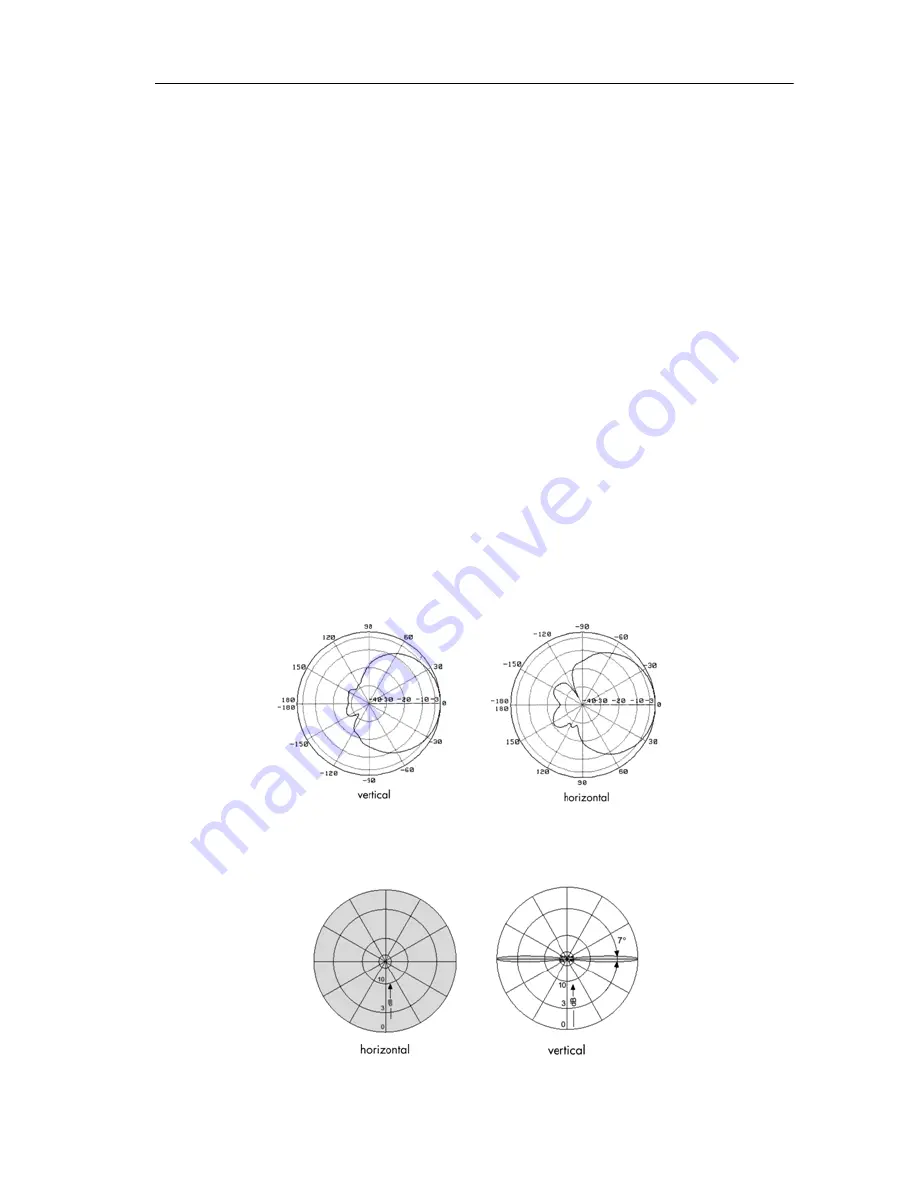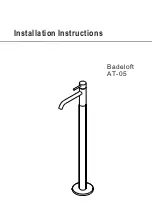
Basics
23
RECEPTION CONDITIONS
Optimizing range is a fundamental challenge of radio technology. The reception in marginal zones
is patchy at best. Practical measurements are carried out on the premises to determine the range.
The following guidance can help users achieve optimum results:
•
You can usually improve the connection quality through minor changes in location, e.g. by
turning your head or your body.
•
Avoid making phone calls in unsuitable places, for example in lifts. Users should be made
aware of these zones during instruction.
USING EXTERNAL ANTENNAS
External antennas are useful for:
•
rectifying radio signals, thereby achieving a greater range in one particular direction (e.g., to
provide coverage to remote ancillary buildings).
•
providing coverage to an outside area without the shell of the building obstructing the
propagation of the radio signals (this is achieved by mounting the base station within the
building and the antennas outside it).
There are different types of antennas, each with highly specific radio characteristics for meeting
individual coverage requirements; they are best illustrated by radiation patterns.
Radio hop of a (horizontal/vertical) directional antenna, usually suitable for remote isolated
buildings or areas:
Radio hop of a (horizontal/vertical) omni-directional antenna, usually suitable for a wide-ranging
area/building.
Содержание SIP-DECT Site Survey Kit
Страница 1: ...SIP DECT Site Survey Kit USER GUIDE...
Страница 5: ...USING THE SIP DECT SITE SURVEY KIT...
Страница 6: ...SIP DECT Site Survey Kit User Guide 2...
Страница 29: ...Appendix A TECHNICAL DATA...





































